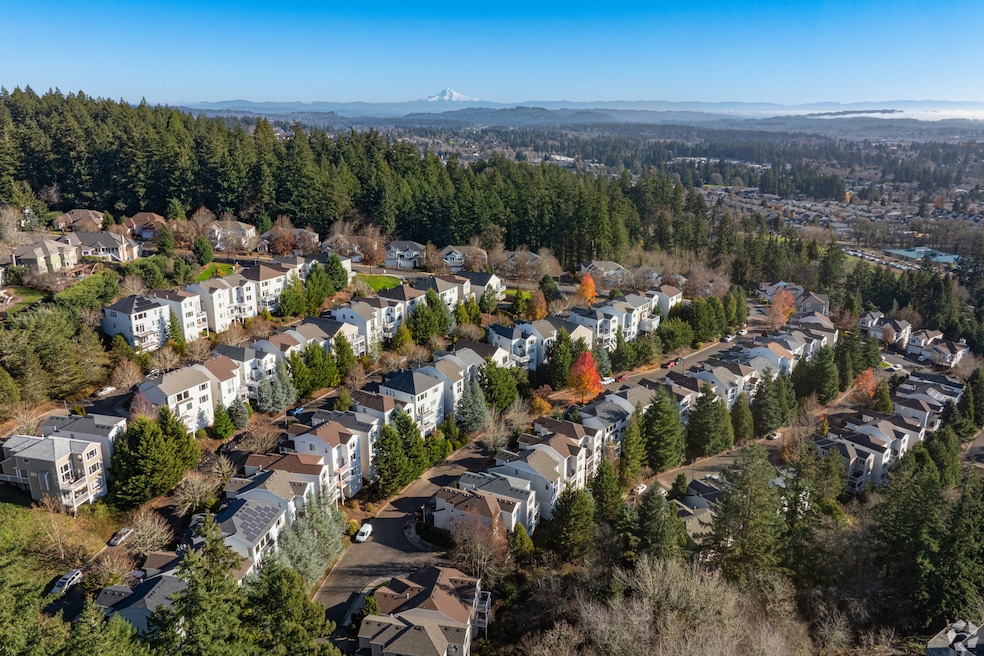Oregon poured two years into a one-of-a-kind map intended to boost housing development. A month after launching, real estate experts say it doesn't address what's really needed: financial support.
The Oregon State-Owned or Managed Lands Inventory map made its debut in March. The map, which the public can access, allows users to see the highlighted state-owned or managed parcels approved for housing development. It was part of Democratic Gov. Tina Kotek’s larger mission to incentivize the development of 443,566 residences by 2043. The thinking? Make it easier for developers to spot land open for development.
Kotek included the map as part of the Housing Production Advisory Council plan she announced in 2023. The initiative set out different strategies to address the state’s housing crisis.
So far, the Oregon Department of Land Conservation has received 31 inquiries, including 15 asking about potential housing development, according to Joel Madsen, the agency's housing accountability and production office manager.
Gov. Kotek’s office declined to comment.
The map is a move in the right direction, said Rebecca Lewis, an associate professor at the University of Oregon’s School of Planning, Public Policy and Management.
“It’s an illustration of the state’s willingness to show its commitment to providing land for access to housing,” Lewis said. “Whether or not it will be effective? Time will tell.”
Some industry insiders like Eric Cress, president of Portland-based development firm Urban Development Partners, get calls from municipalities, real estate agents and individual owners asking them whether they’d be interested in buying and flipping their property.
Apparently, identifying land for development is easy. Crunching numbers to make feasible workforce housing — what the state needs the most — is the big challenge.
“The cost of construction has gone up since COVID and due to supply chain issues. It is a challenging time to build, and combine that with interest rates,” Cress said, and “it’s certainly one of the most difficult times to finance new construction.”
Oregon has long faced a workforce housing crunch. Supply seemed sufficient when the state’s economy ran on timber manufacturing in the 1970s. Hospitality took over and became a big economic driver starting in the 1990s. Since then, transplants have moved from California and Colorado in search of more affordable housing. That shift has priced out the state’s longtime residents and working-class population.
Tariffs will throw another stress point for builders in the coming months, slowing housing efforts. The Trump administration implemented a fresh wave of tariffs on foreign goods on a quarter of the country’s trade partners on Thursday. Tariffs aggravate developers, who must decide whether to pass the cost increase on to consumers or shoulder it themselves. In March, the latest National Association of Home Builders/Wells Fargo Housing Market report warned that the price of new single-family homes will rise by $9,200.
At the very least, the map sends a message to real estate developers, said Robert Parker, a former University of Oregon professor and director of the school’s Institute for Policy Research and Engagement.
“The state is supportive of housing, and that hasn’t always been the case,” Parker said.
This story was updated on April 7 to reflect that Joel Madsen is the Oregon Department of Land Conservation's housing accountability and production office manager.

